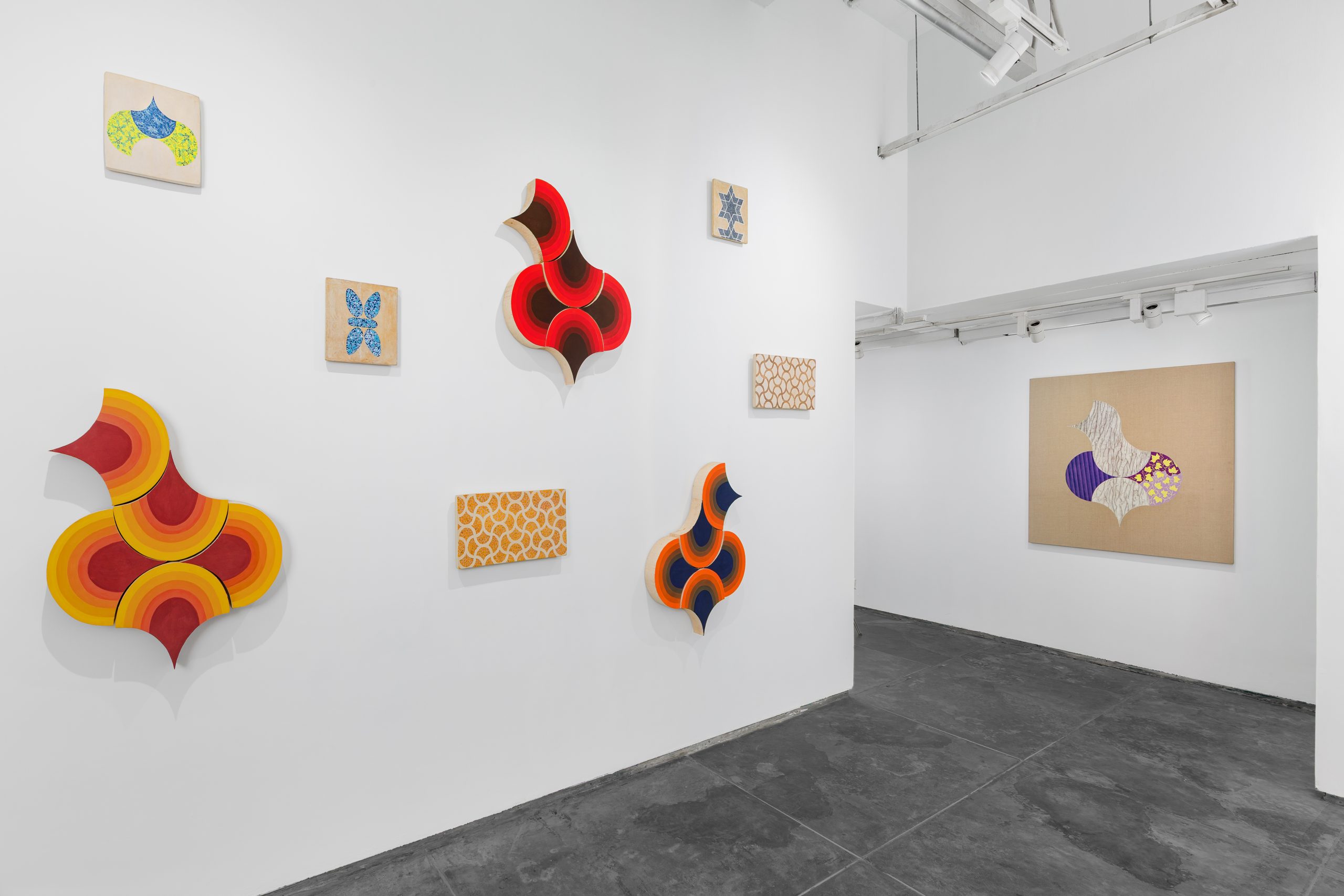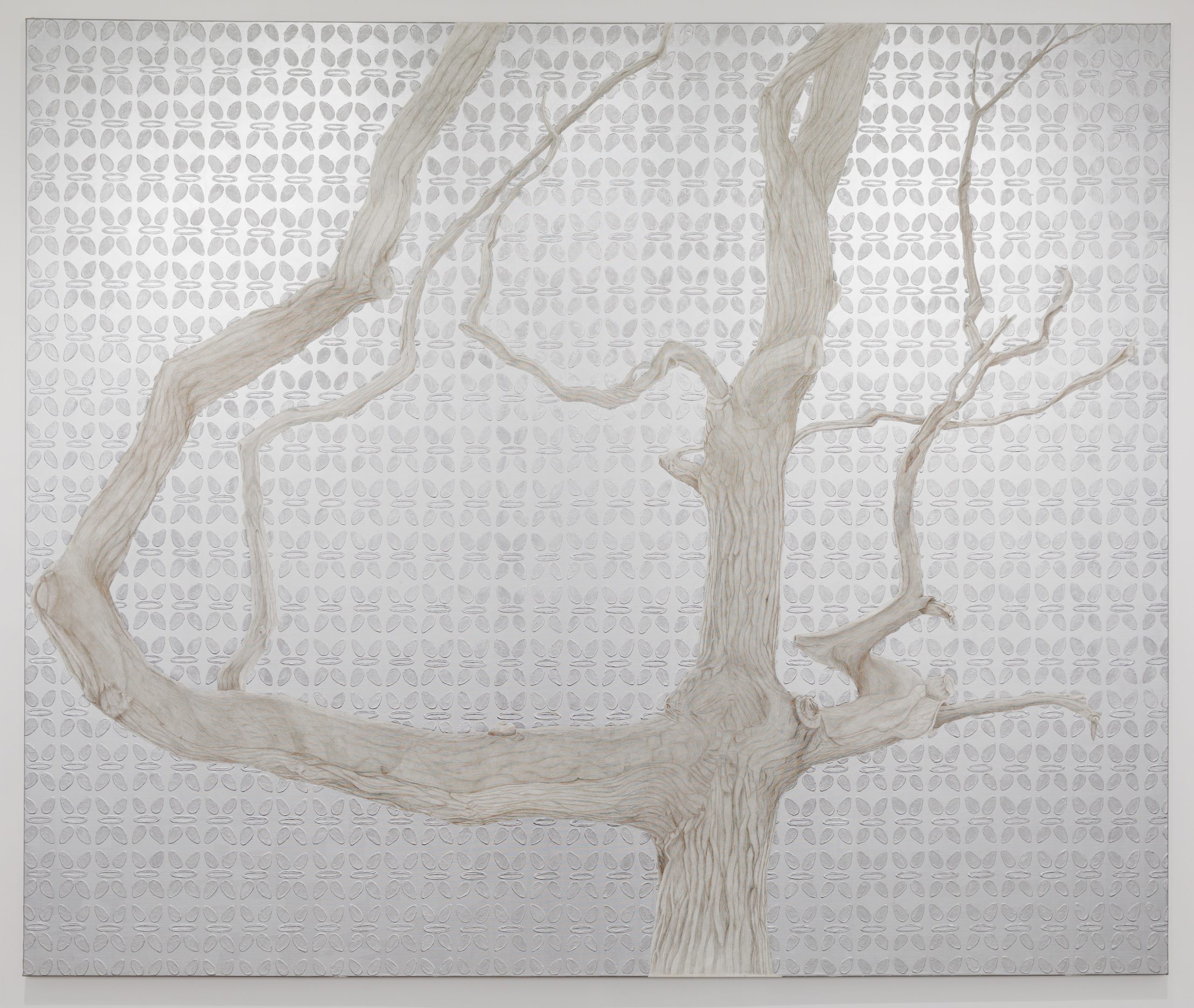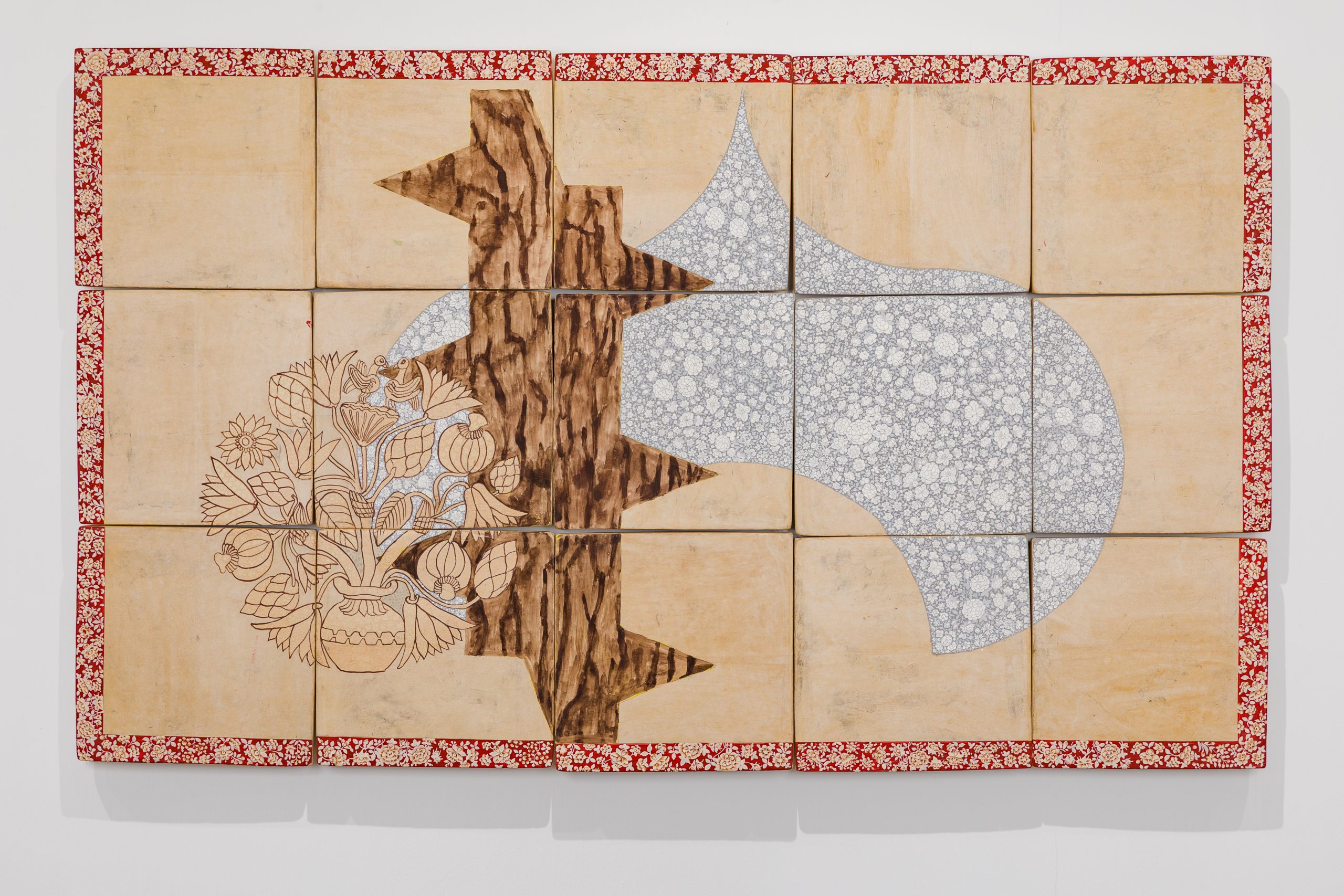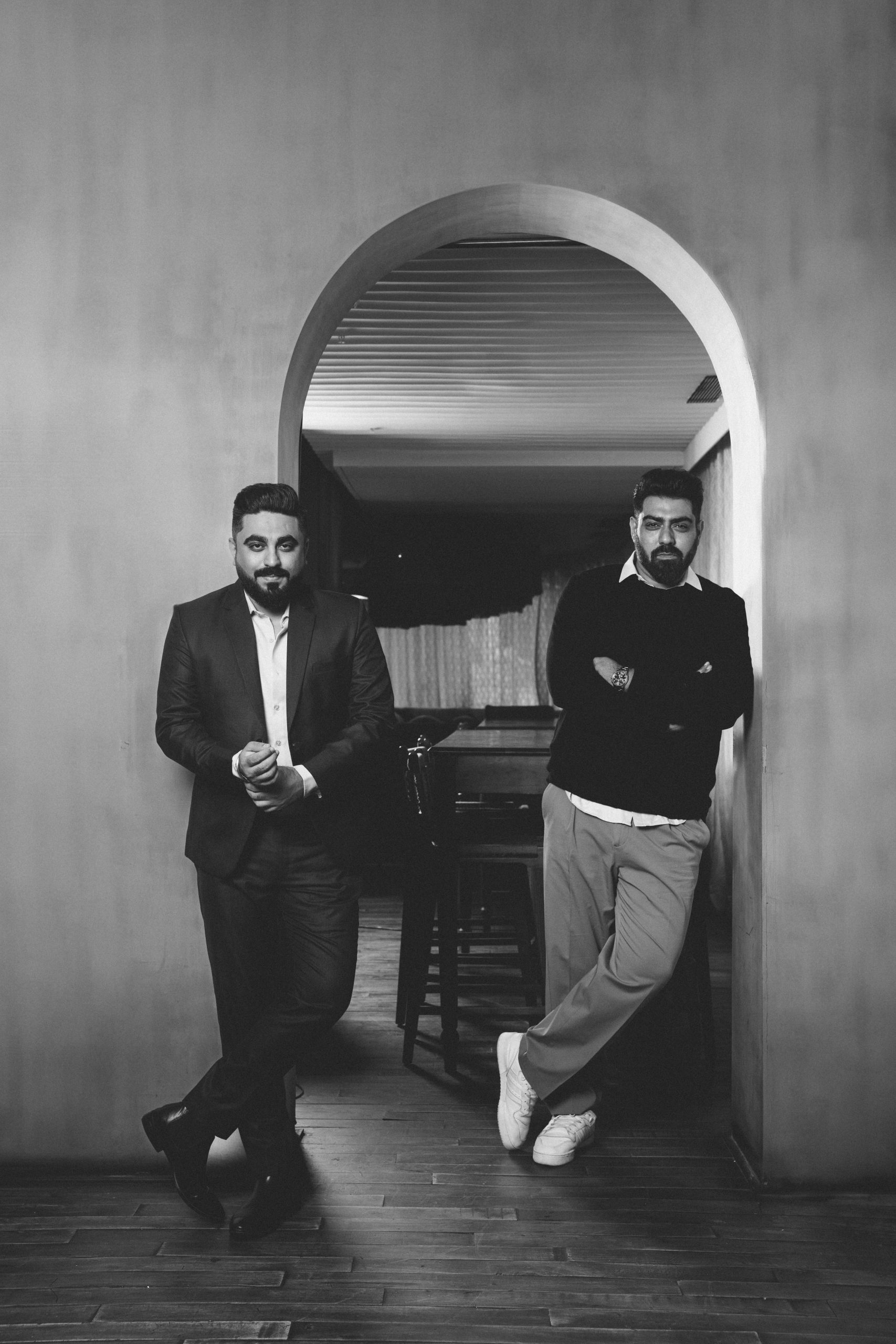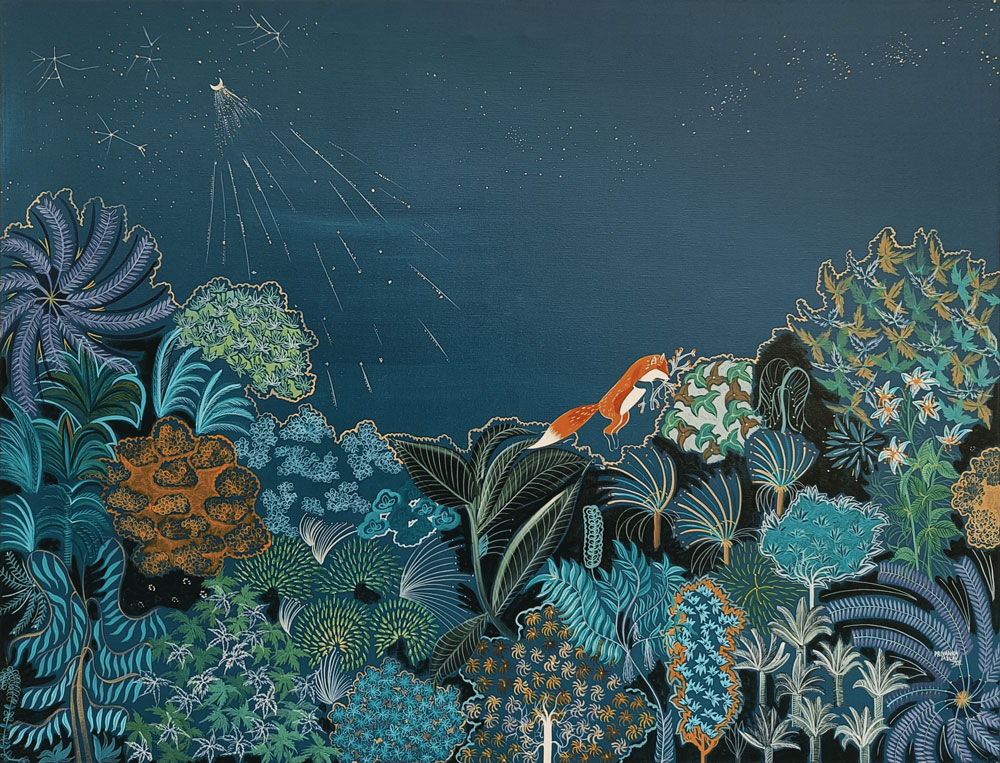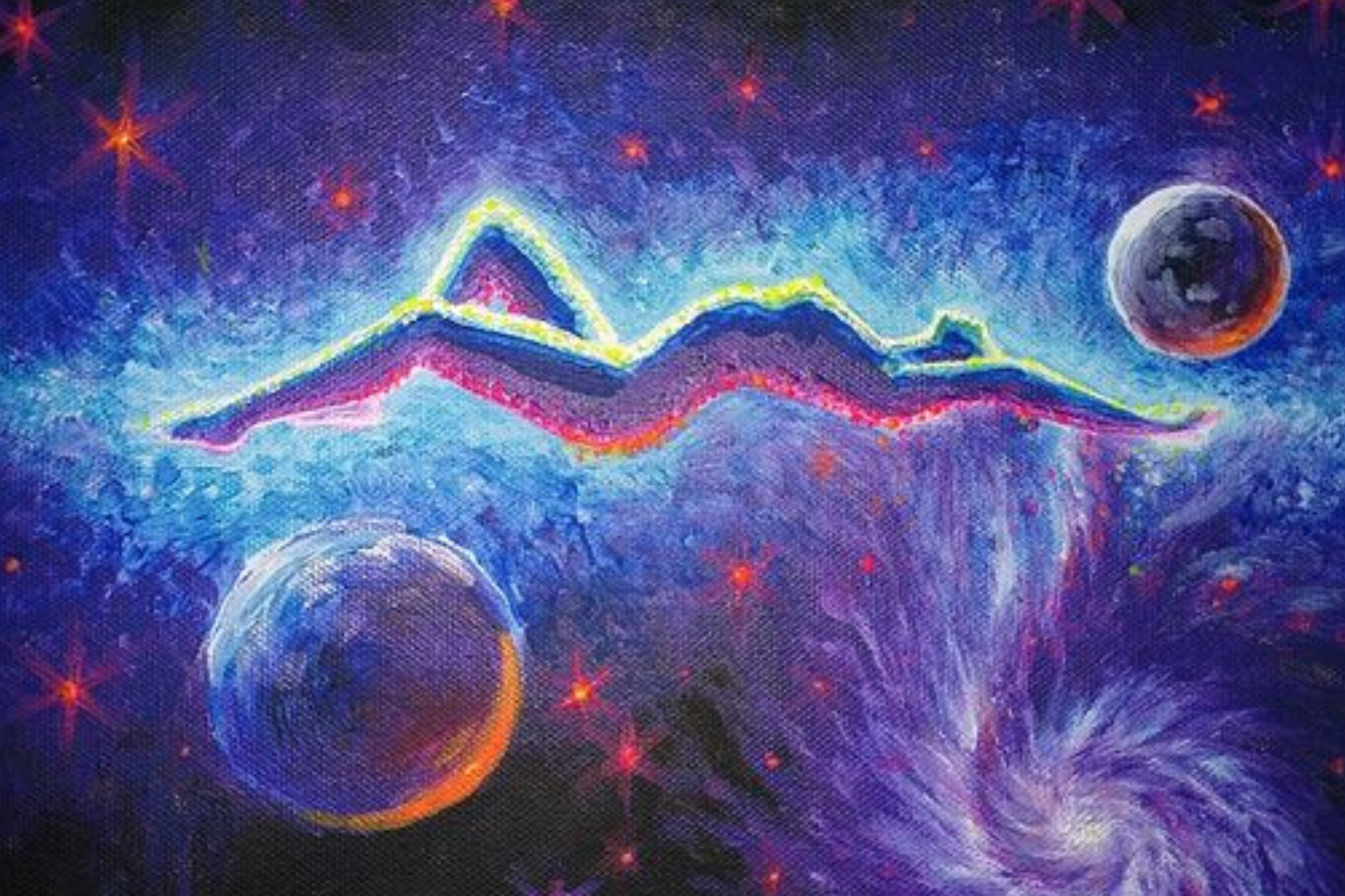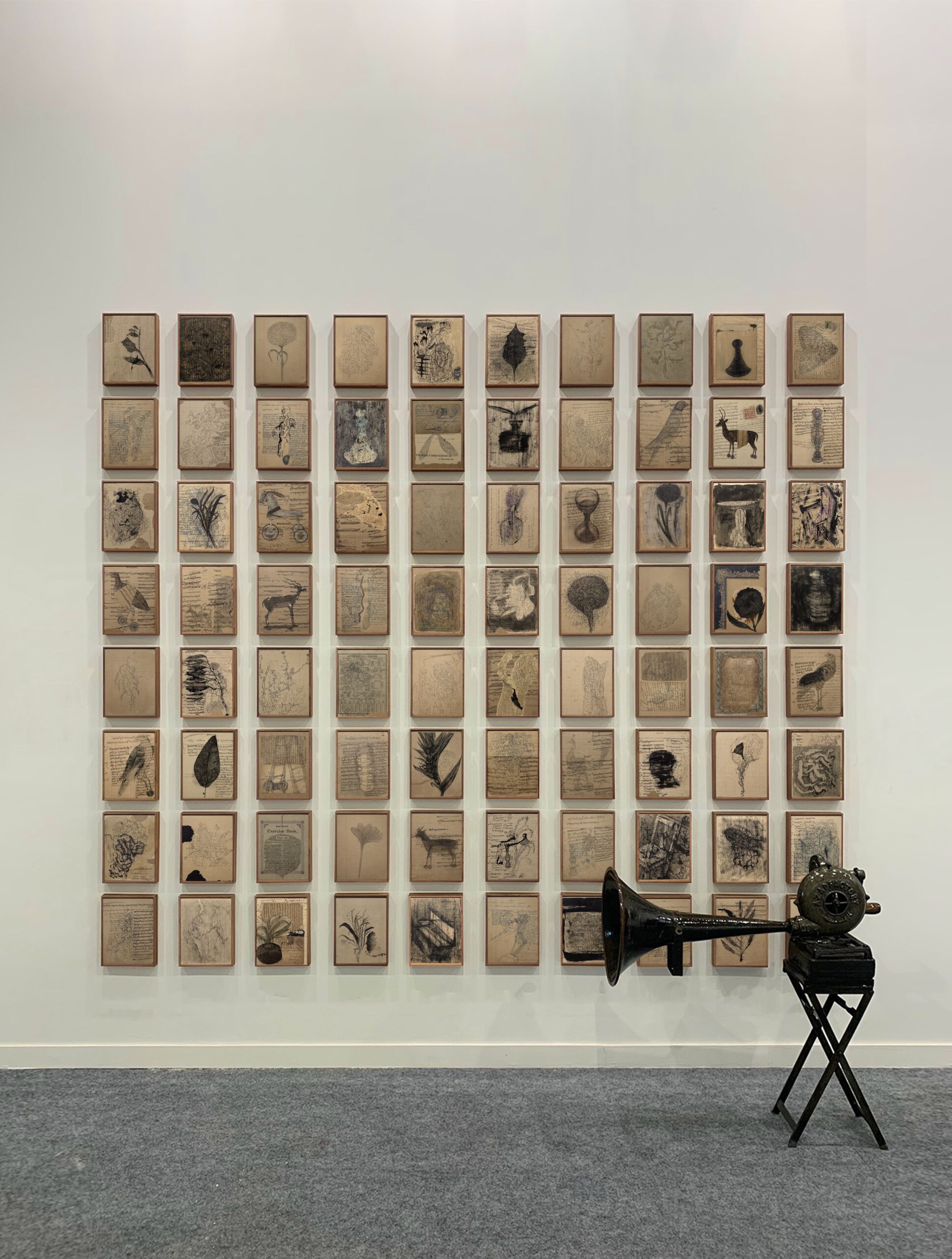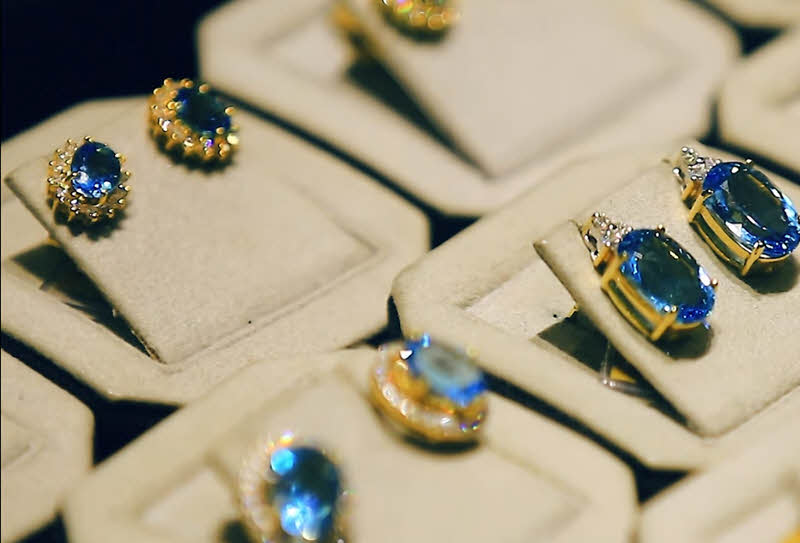How does art speak across geographies — between porcelain in Guangzhou, a silverpoint drawing in Amsterdam, and the filigreed architecture of Srinagar? For artist Praneet Soi, who returns to his hometown of Kolkata with Mashrabiya, his third solo exhibition, art invites viewers to reconsider how they’ve been trained to perceive it. On view at Experimenter, the exhibition — Soi’s first in India in four years — arrives with insistence and spans over a decade of his work.
A Mashrabiya, in Islamic architecture, is a latticed wooden screen, delicate, porous, and ornamental, yet functional. It filters light, it filters sight, and it allows one to see without being seen. In Praneet Soi’s hands, the Mashrabiya becomes a metaphor — a riddle that questions the relationship between image and memory. Using painting, papier-mâché, porcelain tiles, and sculpture, he revisits the idea of looking through: of perceiving with space, and of retrofitting fragments into a whole that does not pretend to be complete.
Praneet Soi, Mashrabiya, installation views from Experimenter – Hindustan Road,
Kolkata, 2025. Photos by Vivienne Sarky
Born in Kolkata in 1971 to a family shaped by the 1947 migration, educated in Vadodara, working in New Delhi’s early advertising world, and studying in San Diego — before eventually settling between Amsterdam and Kolkata — Soi’s oscillation defines him. “At a certain point, how do you bring your environment into your work?” he asks. “I think that any landscape is a sum of the history of that place, and this leads me to think of culture as an accumulation. It is representative of so many viewpoints, all of which are involved in the act of representation. This is what is manifested by storytelling.” His work unfolds like an odyssey of carefully collected impressions — informed by 10 years of artistic wandering and attentive pausing. This sense of deliberate distance, of viewing from multiple vantage points, forms the very architecture of Mashrabiya.
Beyond its metaphorical depth, the exhibition’s tactile surfaces draw the audience in. Whether it’s the precision of silverpoint or the texture on the painted porcelain, Soi’s work embodies a deep respect for craftsmanship. The materials, rooted in centuries-old techniques, become archives of time and memory, connecting the past with the present. His collaborations with artisans in Srinagar and Guangzhou reveal time spent, and a creative exchange — a dialogue coupling the artist’s vision with the collective stories and skills of these communities.
Titled: Overlapping Landscapes or Bone, 2023
Rigorous and emotional, Praneet’s work resists classification and pivots between mediums and forms, never content with surface-level engagement. Overlapping Landscapes also referred to as Bone, one of his centerpieces, visualises this handsomely. A silverpoint sketch of an oak tree from the Bergen Forest in North Holland is placed in visual dialogue with a relief tile from the 600-year-old tomb of Queen Miran Zain in Kashmir. Here, two places from Soi’s life are brought into silent communion — one, a personal refuge; the other, a historic convergence of Buddhist, Hindu, and Islamic visual languages. While these forms do not mimic each other, they do resonate. The juxtaposition is not obvious, but that’s precisely the point.
Soi’s installations invite viewers to engage actively. Drawing machines designed to encourage audience participation echo his belief in art as a process of co-creation. This interaction mirrors the Mashrabiya, a screen that mediates and negotiates between what’s on the inside and outside, between self and other.
Titled: Landscape(s), 2023
Though his work is undeniably political, Soi is not interested in chasing political relevance. Much like the Mashrabiya itself, the show asks viewers to stop looking at and start looking through. There’s a resistance at work here — of immediacy, spectacle, and digestibility. A child of Partition-era migration and a witness to global conflict during his years overseas, he understands how borders, both real and imagined, can shape perception.
Words by Rhea Sinha
Images courtesy Experimenter. Photos by Vivienne Sarky

